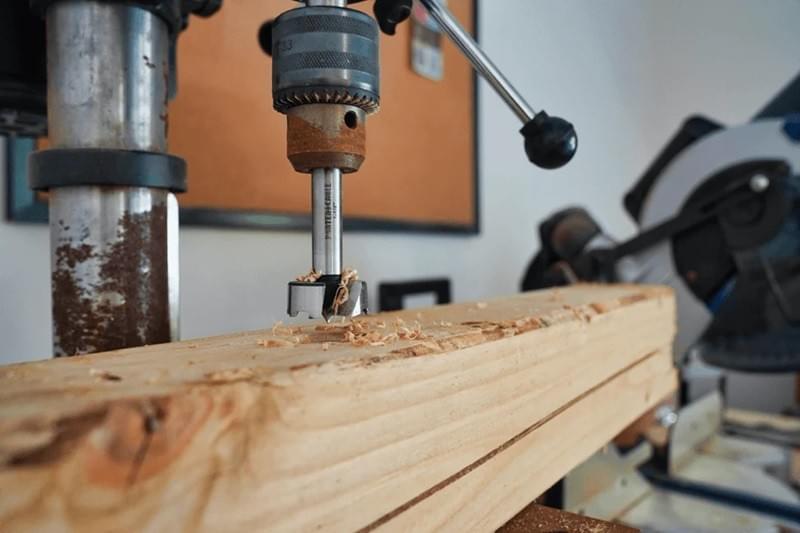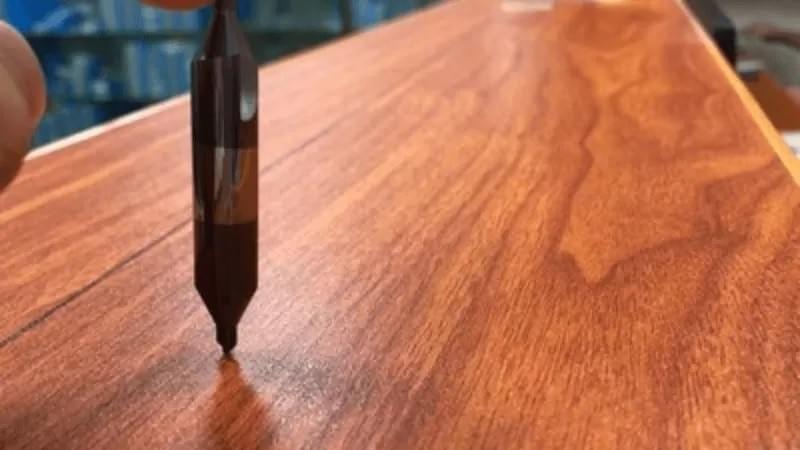The difference between a good project and a great one often comes down to the tools you use and how accurately you can work with them. When you meticulously plan every detail, you don’t want to be thwarted by imprecise, uneven holes. It's a frustration many people face, and it's a reminder that the tools you use directly influence the success of your creations.
If you want to bring unparalleled precision and efficiency to your workshop, buy a drill press with adjustable features. These convenient and efficient tools far surpass the capabilities of standard handheld drills. You can achieve perfectly straight and consistent holes with ease, something that's often challenging with handheld tools. Read on to uncover the top benefits of using these machines and why they’re an essential addition to any project.
Drills Different Types of Holes

One of the standout features of drill presses is their versatility when drilling various types of holes. Sure, they excel at the standard task of creating straight, precise holes with twist drills, but they can do so much more. When you need a hole for a flat-head screw or a cap screw, you can easily achieve these specialized holes after drilling the initial opening. Countersinking creates a conical recess at the top of the hole, perfect for accommodating the screw head without protruding. On the other hand, counterboring enlarges the top of the hole to house a nut or the head of a bolt, ensuring a flush surface.
Tapping holes to create threads is also a breeze with a drill press. After creating the hole to the correct size for your desired threads, simply run the tap at a slower speed, guiding it into the hole. The tool's controlled speed and precision make it easy to ensure accurate thread depth. Once the tap has cut the threads to the desired depth, just reverse the spindle, and it will cleanly back out of the hole, leaving you with perfectly formed threads.
Different Setups
When you buy a drill press, the golden rule is to ensure your workpiece is rock-solid. Without proper anchoring, you risk the spinning bit trying to turn your metal piece into a twirling acrobat. However, there are some nifty tricks to keep things steady. For those dainty little parts, a vise is your best buddy. These days, vise models come with handy quick-release features, making it a breeze to swap materials during a production sprint. If you’re working with larger pieces, just ditch the vise and clamp your hefty workpiece directly onto the table. Most tools come equipped with tables that can move up and down, making room for larger projects. The T-slots in the table open a whole new world of possibilities. You can clamp down your workpiece directly or opt for a sacrificial metal plate for extra support, depending on the size and shape of what you're working on.
Locking Hub
When it comes to drilling holes, precision is key. Sure, wrapping tape around a hand drill bit might do the trick for some basic jobs, but if you're diving into the world of counterbored or countersunk holes, or even blind holes, you're going to need something a bit more reliable. Most drill presses in Australia come equipped with a nifty locking hub that ensures your hole depths are consistent every single time. When you're showcasing your handiwork, there's nothing like the satisfaction of seeing perfectly aligned counterbored or countersunk holes, all sitting at the same depth. Plus, having that locking hub means you can rest easy knowing your cap screws and flat heads will sit just right, slightly below the surface of your masterpiece, just as you envisioned.
Precise Hole Diameters

Getting your hole diameters just right can make all the difference, especially when you're dealing with mating parts that need to fit together like a glove. When you have a trusty tool by your side, there’s no chance it’s going to mess up your hole placement. The centre drill is your secret weapon for pinpointing accuracy. It helps your holes land exactly where they should be, right on your layout lines. On the other hand, the reamer ensures that your hole diameters are not just close, but spot-on. I’m talking accuracy within +/- .00025 cm. That kind of precision can make any engineer or craftsman smile from ear to ear.
Easy Deburring
When you finish drilling a bunch of holes in a metal plate, it's time to smooth out those rough edges, and a drill press is your go-to tool for easy deburring. With a countersink attachment and a handy depth setting, you can breeze through the deburring process like a pro. Simply slide the plate to each hole location, let the countersink do its magic, and you get smooth, uniform chamfers on both sides of the plate, every time. This method isn't just limited to deburring – you can also use it to add a neat little chamfer to your holes before tapping them.
Safe to Use

Is a drill press safe to use? Drilling into a thin metal can feel like walking on a tightrope – one wrong move, and you've got a mess on your hands. But with these modern tools, you have a sturdy safety net to catch you. When it comes to thin metal, there are a couple of tried-and-true methods to ensure clean, precise holes without any mishaps. Some folks swear by using a step drill bit, while others opt for the sandwich approach, clamping the material between two sturdy pieces of wood. Whichever method is right for you, the key is setting up your material securely on the table. With everything locked in place, you can work with confidence, knowing that you won't accidentally veer off course and ruin your project.
